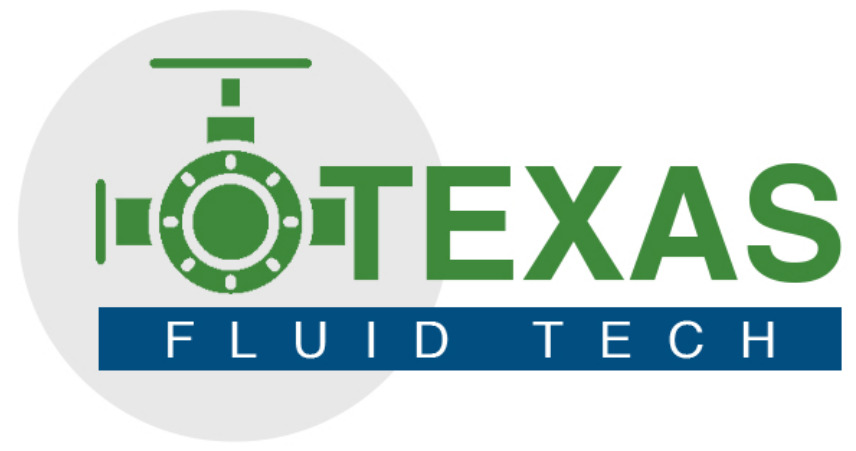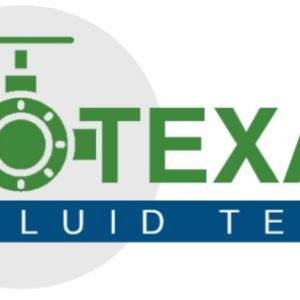Description
Water Gate Valves Description
Water gate valves are a specialized type of valve designed for use in water systems to control flow. They consist of a gate or sliding disk that opens and closes to regulate water volume in pipelines, reservoirs, irrigation ditches, hydroelectric systems and other water distribution applications.
Water gate valves come in a range of materials including iron, steel, bronze and plastic. Sizes range from 1 inch to 48 inches in diameter. They are operated manually, pneumatically, electrically or hydraulically. Key benefits include full bore, low-friction operation, bidirectional flow control, high pressure rating, low maintenance needs and long service life.
When selecting a water gate valve, key factors to consider include pipe diameter, pressure rating, flow rate, operation type, and corrosion resistance. Other features like backflow prevention, cavity filling and position indicators help optimize performance.
For optimal control over water flow in pipelines, irrigation, reservoirs and other systems, water gate valves are an indispensable solution. This page provides an overview of water gate valve types, materials, sizes, operations and applications to help inform your valve selection.
Water Gate Valves Specification:
| Specification | Details |
|---|---|
| Valve Type | Water gate valve |
| Materials | Iron, steel, bronze, plastic |
| Sizes | 1 – 48 inches diameter |
| Pressure Rating | 150 psi, 300 psi, 600 psi |
| Temperature Range | 32°F to 150°F |
| Body Design | Grooved Type |
| Flow Direction | Uni-directional, bi-directional |
| Actuation Method | Manual, electric, pneumatic, hydraulic |
| Sealing | Metal-metal, rubber, PTFE |
| Compliance | MSS SP-80, API 594, ASME B16.34 |
| Testing | Air test, hydrostatic test, seat leakage test |
| End Connections | Threaded, flanged, socket weld, butt weld |
Water Gate Valves Features:
• Full Bore – Valve opening matches pipe diameter to reduce pressure drop and allow high flow capacity.
• Low Friction – Polished flow ways make valve operation smoother and reduce wear.
• Bidirectional Flow – Controls flow in either direction for flexible water control.
• Cavity Filling – Eliminates cavitation damage to increase valve life.
• Back Seating – Separates upstream pressure from seals for easier maintenance.
• Position Indicator – Shows open/closed status to allow remote monitoring.
• Corrosion Resistance – Protective coatings and materials increase durability.
• Adjustable Packing – Maintains leak-free seal to prevent water loss.
• Emergency Sealant Injection – Temporarily seals small leaks to avoid unplanned shutdowns.
Water Gate Valves Advantages:
• Precise Flow Control – The gate/disk provides accurate regulation of water flow rate.
• Durable – Robust valve body and component materials allow long service life.
• Low Maintenance – No lubrication needed and simple to inspect/service.
• Bi-directional Flow – Can control water flow in both directions in a pipeline.
• Minimal Pressure Loss – Full bore opening reduces friction and pressure drop.
• Cavitation Resistance – Prevent valve damage from high flow velocities.
• Easy Actuation – Smooth valve operation via manual, pneumatic or electric actuators.
• Tight Sealing – Low leakage rates during service from quality seals.
• Corrosion Resistant – Suitable for use in seawater, wastewater and other corrosive media.
• Compact Design – Smaller and lighter than other shut-off valves with same rating.
Water Gate Valves Applications:
• Water Transmission Mains – For flow regulation in municipal and industrial water supply pipelines.
• Irrigation Systems – Used to control water flow rates to agricultural fields and crops.
• Dams and Reservoirs – Enable controlled water release from dams and reservoirs.
• Water Treatment Plants – Installation on inlet and outlet pipes for flow control.
• Pumping Stations – For isolating pumps for maintenance and regulating discharge flow.
• Hydroelectric Systems – Regulate water flow on penstocks feeding hydro turbines.
• Fire Protection – Quick shut-off of water mains during firefighting operations.
• Cooling Water Systems – Control water flow to industrial cooling systems.
• Wastewater Systems – Manage effluent flows at treatment plants.
• Water Reclamation – Enable precise recycling of greywater and wastewater.



